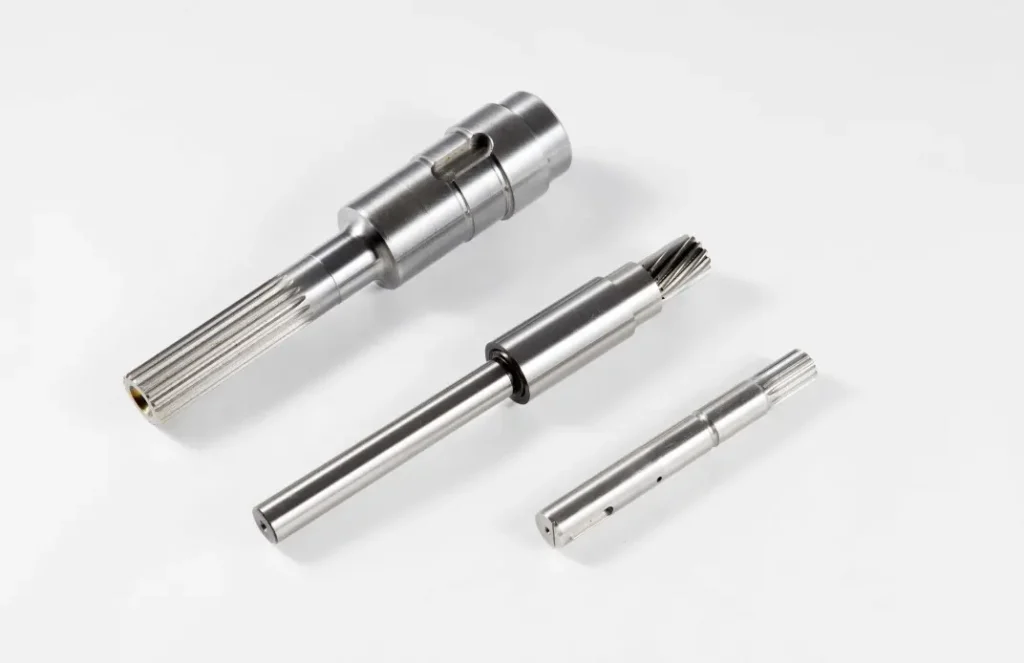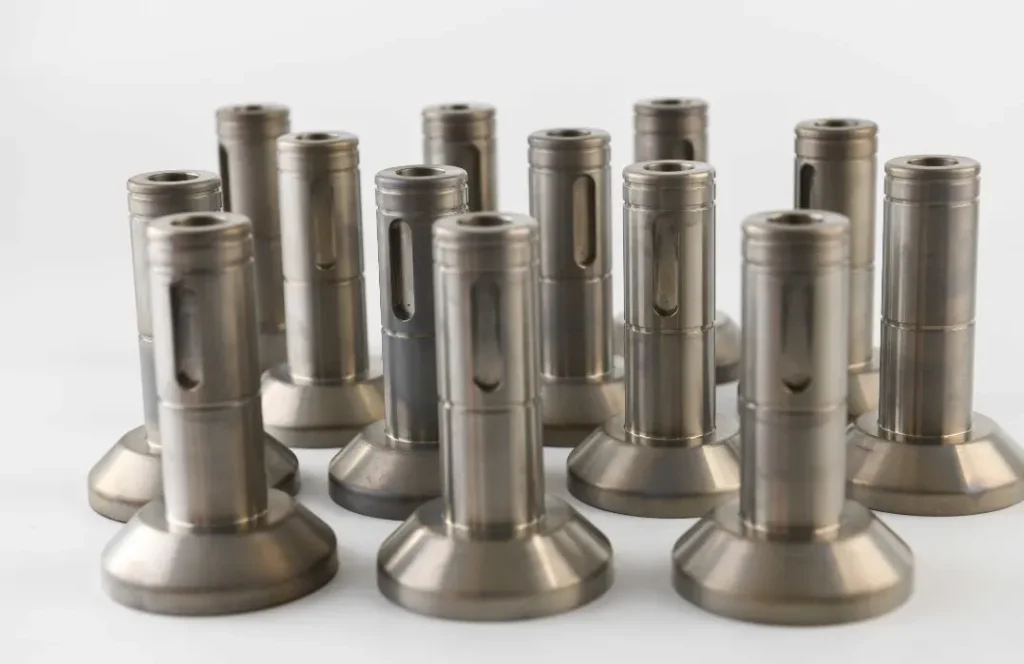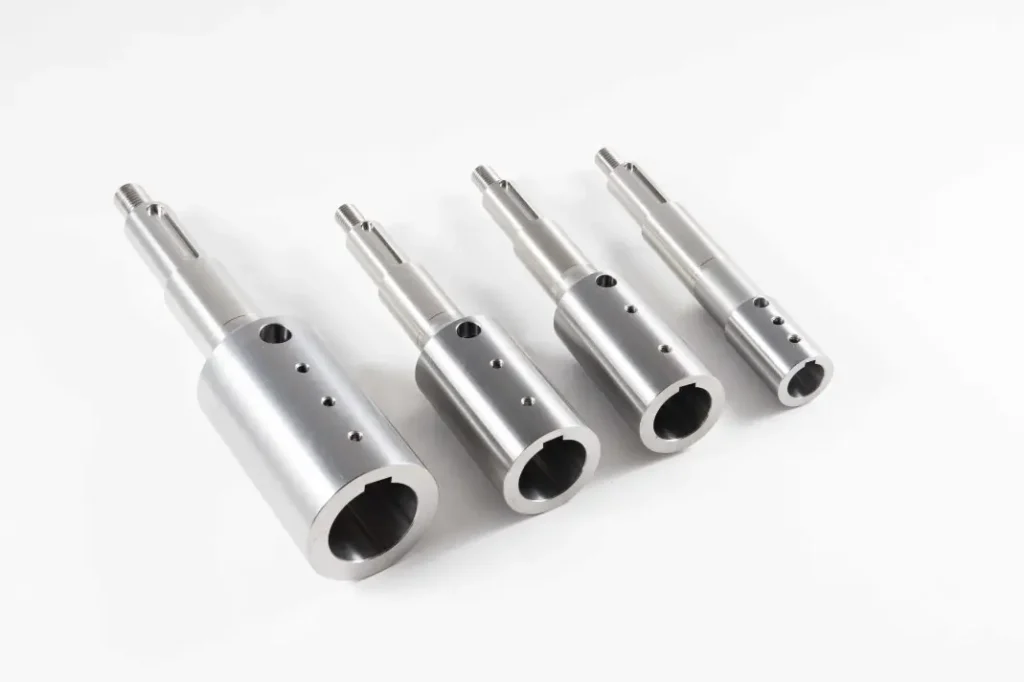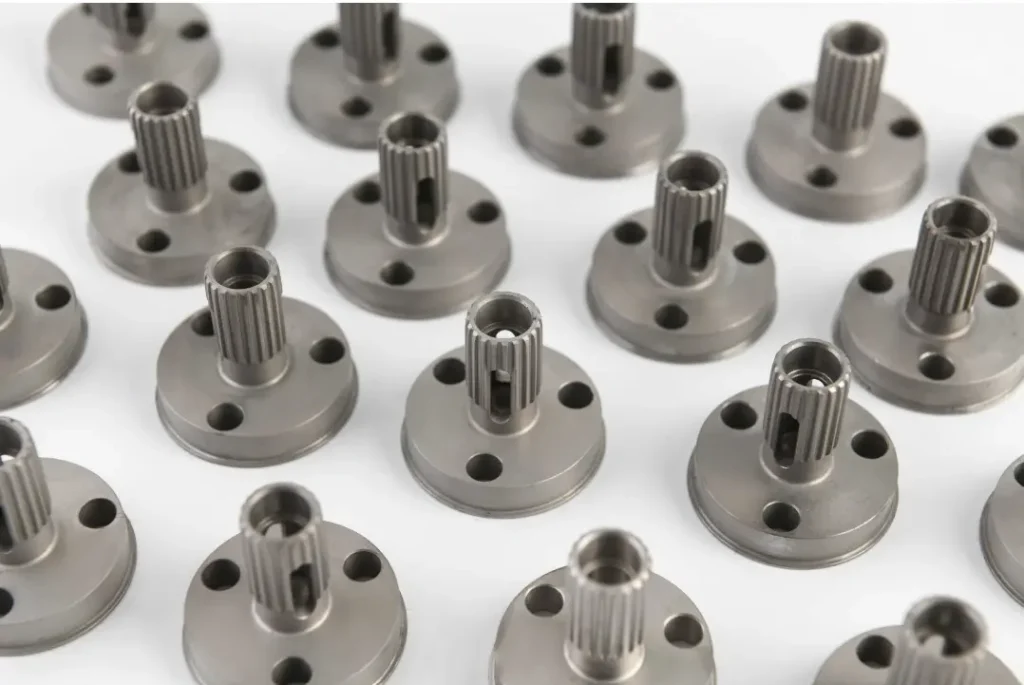Quill Shafts: Precision and Power Transmission
Introduction to Quill Shafts
In the realm of mechanical engineering, quill shafts play a crucial role in transmitting precise rotational motion and torque across various systems. These specialized shafts are essential components in gearboxes, couplings, and aviation applications, providing reliability and efficiency in power transmission.
What are Quill Shafts?
Cylindrical components connect and transmit rotational motion between mating parts. They feature specialized ends that interface with gears, couplings, or turbine blades, ensuring optimal performance and alignment in mechanical assemblies.
Importance in Various Applications
These components are indispensable in industries requiring precise motion control and efficient power transmission. From automotive transmissions to aerospace propulsion systems, their versatility and reliability make them vital in modern engineering.
Types of Quill Shafts
Quill shafts are tailored to specific applications, each offering unique benefits:
1.In Gearboxes
Gearbox shafts facilitate smooth gear transitions and efficient power delivery, ensuring reliable operation in automotive and industrial gear systems.
2.In Couplings
Coupling shafts accommodate axial movement and misalignment, enhancing flexibility and reducing wear in rotating machinery and drivetrains.
3.In Aviation
In aviation, these shafts control the precise positioning of turbine blades and rotor assemblies, optimizing aircraft engine performance and reliability during flight operations.
Components of Quill Shafts
Quill shafts comprise essential components tailored to their specific application requirements:
1. Quill Shaft Gearbox Components
Components such as spline interfaces, bearing surfaces, and high-strength alloys ensure durability and efficient torque transmission in gearbox applications.
2. Quill Shaft Coupling Components
Coupling quill shafts feature flexible joints, corrosion-resistant materials, and precision machining for reliable torque transmission and vibration damping in industrial couplings.
Quill Shaft in Gas Turbines
Gas turbine quill shafts withstand high temperatures and stresses, with advanced coatings and cooling mechanisms ensuring optimal performance in turbine blade control.
Design and Engineering of Quill Shafts
Designing quill shafts involves precision engineering to meet stringent performance criteria:
Quill Shaft Specifications
Specifications including diameter, length, spline profile, and material composition are optimized for torque capacity, rotational speed, and environmental conditions in specific applications.
Quill Shaft vs. Coupling Comparison
Unlike rigid couplings, quill shaft couplings allow for axial movement and misalignment, minimizing stress concentrations and extending component life in dynamic systems.
Quill Shaft in Engineering Applications
Engineering applications leverage quill shafts for their versatility and reliability in adapting to varying torque loads and operational conditions, ensuring consistent performance in demanding environments.
Applications of Quill Shafts
Automotive Industry Uses
Automotive transmissions use shafts to facilitate precise gear engagement and efficient power delivery, enhancing vehicle performance and fuel efficiency.
Aviation and Aerospace Applications
Aerospace systems rely on shafts for precise control of aircraft engine components, ensuring optimal thrust management and operational safety during flight.
Industrial Machinery Incorporation
Manufacturers integrate shafts into industrial machinery to optimize operational efficiency, minimize downtime, and maximize production output in manufacturing and processing operations.
Advantages of Using Quill Shafts
Efficiency in Power Transmission
These shafts minimize energy loss during power transmission, optimizing system efficiency and reducing operational costs in mechanical assemblies.
Adaptability to Different Systems
Their ability to accommodate axial movement and misalignment enhances system flexibility and longevity, reducing maintenance needs and downtime.
Reliability in High-Stress Environments
They withstand high torque loads and harsh environmental conditions, ensuring reliable operation and extended service life in demanding industrial applications.
Quill Shaft Mechanism and Functionality
Understanding the mechanism and functionality of quill shafts is essential for optimizing system performance:
Quill Shaft Diagram and Explanation
A detailed quill shaft diagram illustrates its components and their interaction within gearbox, coupling, and turbine assemblies, highlighting their role in transmitting rotational motion and torque.
Quill Shaft in Gas Turbines
In gas turbines, quill shafts control the precise positioning of turbine blades, optimizing airflow and fuel efficiency during engine operation, enhancing aircraft performance and operational safety.
Input Quill Functionality
Input quills facilitate the transfer of rotational motion from external sources to internal components, maintaining system integrity and performance in industrial machinery and drivetrains.
Manufacturing Process of Quill Shafts
The manufacturing process adheres to stringent quality standards and advanced machining techniques.
1. Designing Quill Shafts for Specific Applications
Engineers design these shafts to meet exacting performance requirements, including material selection, spline profile design, and dimensional accuracy, ensuring optimal torque transmission and operational reliability.
2. Machining Techniques and Quality Control
Precision machining processes, including CNC (Computer Numerical Control) milling and grinding, ensure accurate spline profiles, surface finishes, and dimensional tolerances, supported by comprehensive quality control measures to verify performance and durability.
Maintenance and Troubleshooting of Quill Shafts
Proper maintenance practices are essential for maximizing quill shaft performance and longevity:
1. Common Issues with Quill Shafts
Common issues such as spline wear, lubrication deficiencies, and misalignment affect quill shaft performance, necessitating proactive maintenance to prevent downtime and ensure reliable operation.
2. Maintenance Tips for Longevity
Regular inspection, lubrication, and alignment checks mitigate potential issues, extending quill shaft service life and optimizing system efficiency in industrial machinery and automotive applications.
Future Trends in Quill Shaft Technology
Ongoing advancements in quill shaft technology drive innovation and sustainability:
-
Innovations in Quill Shaft Design
Research focuses on developing lightweight materials, advanced coatings, and enhanced spline profiles to improve efficiency, reduce environmental impact, and enhance performance in diverse industrial and aerospace applications.
-
Environmental Considerations in Quill Shaft Production
Sustainable manufacturing practices prioritize energy efficiency, waste reduction, and recyclability in quill shaft production processes, aligning with global initiatives for environmental stewardship and resource conservation.
Conclusión
In conclusion, quill shafts are integral components in modern engineering, enabling precise motion control, efficient power transmission, and reliability across automotive, aerospace, and industrial applications. As technology continues to advance, ongoing innovations in quill shaft design and manufacturing enhance performance, sustainability, and operational excellence in diverse industrial sectors.
FAQs about Quill Shafts
-
What is this shaft?
This cylindrical component transmits rotational motion and torque between mating parts in mechanical systems.
-
How does it differ from a coupling?
Unlike rigid couplings, these shafts accommodate axial movement and misalignment, enhancing system flexibility and reducing wear.
-
What are common applications in aviation?
In aviation, these shafts control turbine blade positioning in aircraft engines, optimizing performance and ensuring operational safety during flight.
-
What design considerations are important for manufacturing?
Designers focus on material selection, spline profile, and machining techniques to meet specific torque, speed, and environmental demands.
-
How do these shafts contribute to efficiency in industrial machinery?
They minimize energy loss during power transmission, boosting system efficiency and lowering operational costs in manufacturing and processing.




